Descending into History: Naples’ Hidden Underground World
Lindsey HallThe Descent: 132 Steps into the Past
“It’s 132 steps,” the guide told me as we climbed them. At least twice her age, we are chatting but I’m conscious of my relative lack of fitness. I am slightly short of breath as we reached the top. 132 steps that had taken us down 40 metres below the streets of Naples an hour or so beforehand.
Those numbers tell a story of their own, each step a journey deeper into history, each metre a layer of civilisation built upon civilisation. The modern bustling streets of Naples suddenly felt worlds away as we descended into this hidden realm that has existed beneath the city’s feet for millennia.
Roman Engineering Marvel: Building on Greek Foundations
Exploring the aqueducts and cisterns below Naples, that the Romans dug in the age of Augustus using the quarries that the Greeks had opened before them, you are impressed as always by the sheer ingenuity of it all. The Romans, master engineers that they were, didn’t start from scratch; they built upon the foundations laid by their Greek predecessors, expanding and perfecting what had come before.

Part of the aqueduct system that spanned the Bay of Naples and included structures such as the Aqua Augusta and Piscina Mirabilis, these underground networks represented one of the ancient world’s most sophisticated water management systems. The scale is breathtaking when you consider that this wasn’t just a local project, it was part of a vast infrastructure that supplied water across the entire region.
The Human Cost of Ancient Ambition
You are also mindful of the poor slaves who no doubt laboured to dig this all out. Outside the cisterns, you often have to bend or walk sideways to fit down narrow channels where humans once toiled and water once flowed. The cramped spaces speak volumes about the conditions these workers endured; spaces so tight that modern visitors can barely navigate them comfortably.
Walking through these tunnels, you can’t help but imagine the countless hours of backbreaking labour that went into carving out each chamber, each passageway. The smooth walls and precise engineering are testaments not just to Roman technical prowess, but to human endurance and sacrifice.
Two Millennia of Continuous Use
It wasn’t until nearly 2000 years later that these subterranean systems were entirely abandoned. Think about that for a moment; these tunnels and cisterns served their purpose for two thousand years. They outlasted the Roman Empire, survived the fall of civilisation, weathered invasions and occupations, and continued to provide essential services to the people of Naples through mediaeval times and beyond.
This longevity speaks to the quality of Roman engineering, but also to the fundamental human need for reliable water sources. Generation after generation found ways to maintain and utilise these underground networks, adapting them to changing needs and circumstances.
From Ancient Aqueducts to WWII Shelters

Some of these tunnels were used in WWII as air raid shelters; beds and children’s toys themselves have now become part of the history of this underground world. Here, in these ancient Roman chambers, families huddled together during Allied bombing raids, seeking protection in spaces that had already sheltered human activity for nearly two millennia.
The juxtaposition is striking; children’s toys scattered in chambers once filled with the sound of flowing water, beds placed where Roman engineers once walked to inspect their handiwork. These artefacts from the 1940s have become historical objects in their own right, adding another layer to the palimpsest of Naples’ underground story.
Reflections on Hidden Histories
Standing in those tunnels, 40 metres below the busy streets of modern Naples, you realise how much history lies literally beneath our feet. Every city has its hidden stories, but few places make the connection between past and present as tangible as Naples’ underground world.
The physical act of descending those 132 steps becomes a metaphor for diving deeper into understanding; each step down takes you further from the present moment and closer to the echoes of ancient voices. The shortness of breath at the climb back up serves as a reminder of the physical reality of this journey through time.
These underground spaces remind us that history isn’t just something we read about in books; it’s something we can touch, walk through, and experience with all our senses. The cool air, the echo of footsteps, the way light plays differently in these subterranean chambers, all of it contributes to a visceral understanding of the past that no textbook can provide.
The Continuing Story
As we emerged back onto the streets of Naples in the cool and dark March evening, the city above seemed somehow different in the gathering dusk. Knowing what lies beneath changes how you see the surface. Every street corner becomes a potential entrance to history, every building a layer in the ongoing story of human habitation.
The underground world of Naples continues to reveal its secrets to archaeologists and historians. Each excavation uncovers new chapters, new evidence of how people lived, worked, and survived in this remarkable city. The story that began with Greek quarries and Roman aqueducts continues to unfold, adding new layers to an already rich historical narrative. Those 132 steps aren’t just a physical journey; they’re a passage through time itself, connecting us directly to the ingenuity, struggle, and resilience of those who came before us.
Experienced March 24
Tags: #naples #aqueduct #cistern #history #travel #underground #roman #archaeology
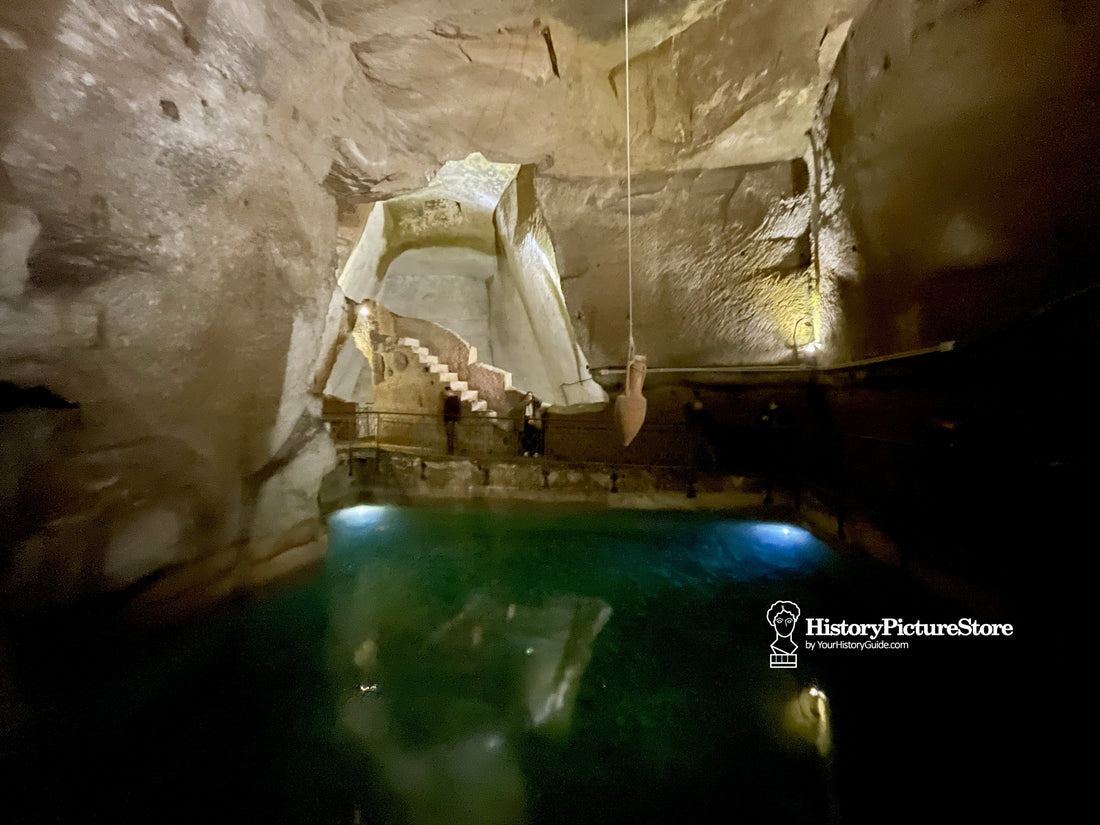

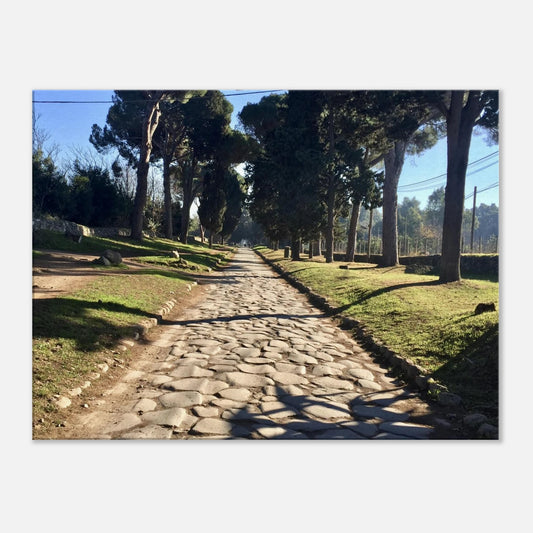
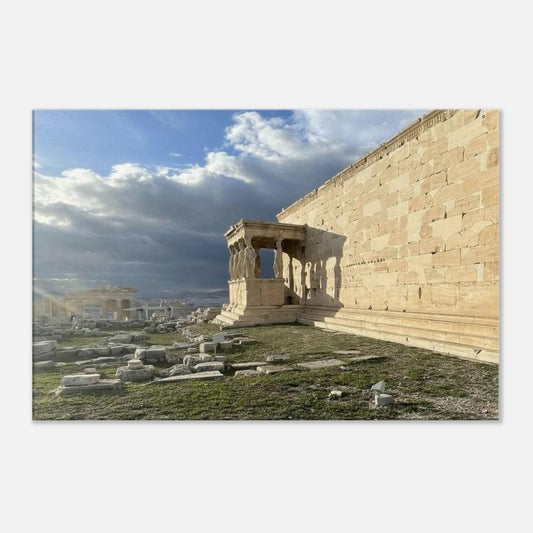


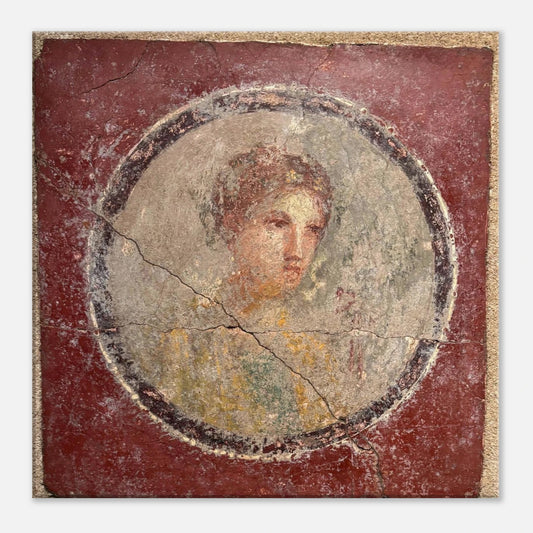
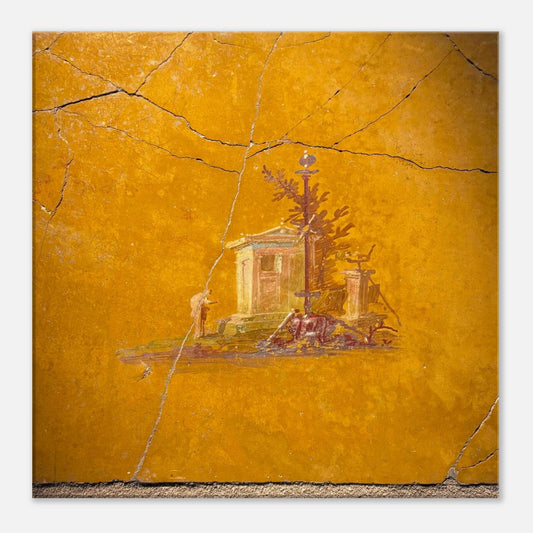
1 comment
Who knew? Thanks for the info!